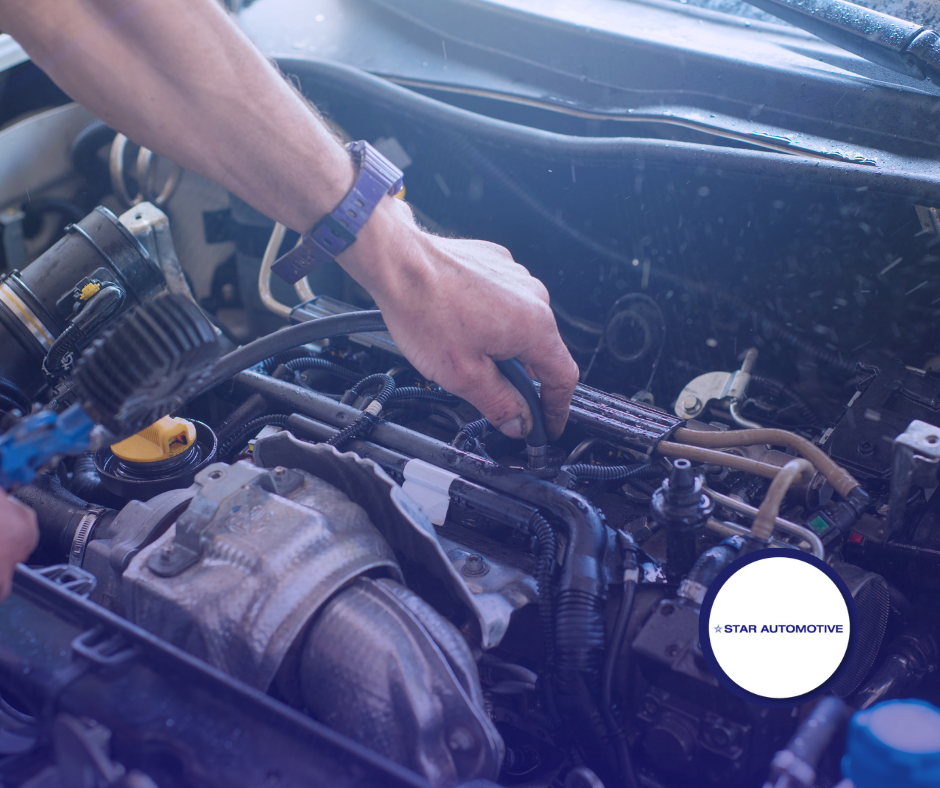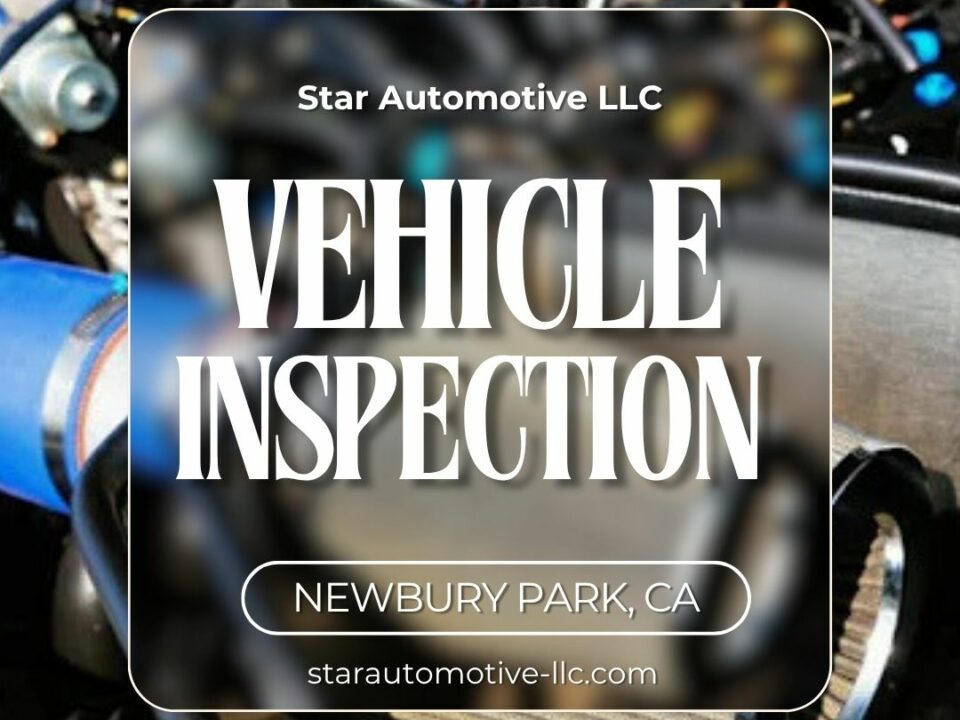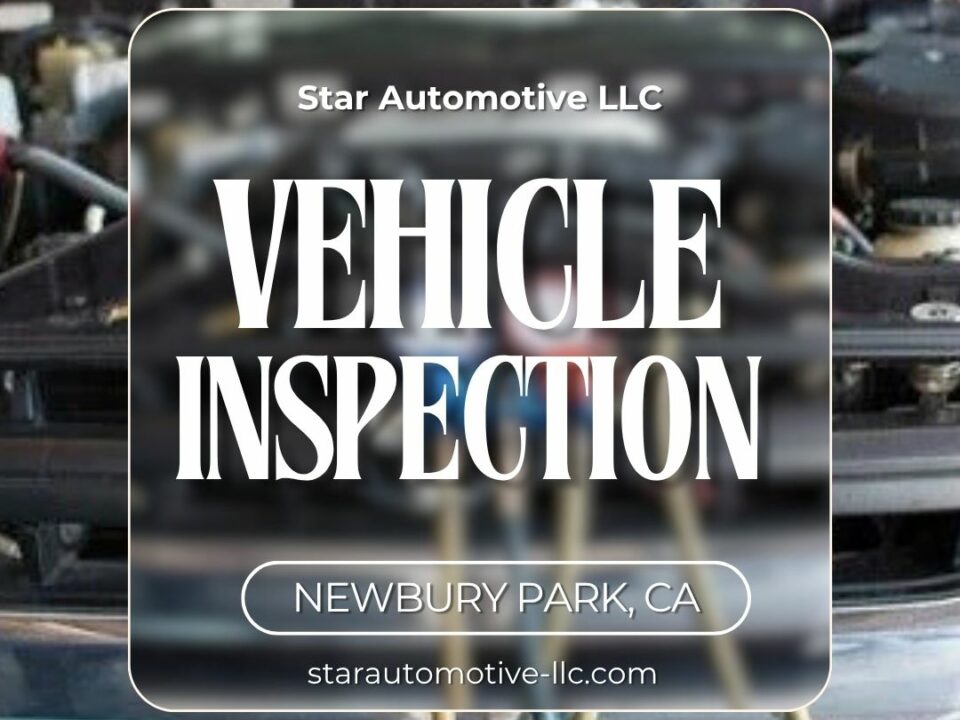
Maximizing Vehicle Performance: Advanced Tips for Thorough Vehicle Inspections
November 20, 2023
Saving Money and Extending Vehicle Life: The Benefits of Routine Auto Service
November 22, 2023Regular vehicle inspections are crucial for maintaining automotive excellence. This guide provides comprehensive checklists to help you ensure that every aspect of your vehicle is functioning optimally, ensuring safety, efficiency, and longevity.
Basic Vehicle Inspection Checklist
Exterior and Interior Checks
Inspect the body for damage, check tire condition and pressure, and ensure all lights and signals are working. Inside, verify the functionality of seatbelts, mirrors, and all controls.
Engine and Mechanical Parts
Check for leaks, inspect belts and hoses, and ensure the battery is secure and functioning well. Don’t forget to examine the brake system, including pads and fluids.
Periodic Detailed Inspection Checklist
Under the Hood: Engine Health
Dive deeper into engine inspection by checking oil levels, coolant levels, and inspecting the air filter. Assess the condition of the spark plugs and fuel system.
Transmission and Drivetrain Inspection
Examine transmission fluid and look for any signs of transmission or differential issues.
Seasonal Vehicle Inspection Checklist
Winterizing Your Vehicle
Prepare for colder months by checking the antifreeze, heater, and defroster. Ensure tires are suitable for winter conditions.
Summer Vehicle Preparation
Focus on the air conditioning system, coolant levels, and inspect for any overheating issues. Check tire pressure and fluid levels as higher temperatures can affect vehicle performance.
Advanced Safety Inspection Checklist
Brake System and Safety Features
Conduct a thorough assessment of the entire brake system. Check airbags, electronic stability control, and other advanced safety systems.
Electrical Systems and Lighting
Ensure all electrical systems, including headlights, taillights, and dashboard indicators, are working properly. Inspect wiring and fuses.
Pre-Long Journey Vehicle Inspection Checklist
Essential Checks Before a Road Trip
Prior to a long journey, conduct a comprehensive inspection focusing on the engine, brakes, tires, and fluid levels. Also, check emergency equipment like spare tires and first aid kits.
Ensuring Vehicle Reliability and Safety
Regularly following these vehicle inspection checklists can significantly contribute to the longevity and reliability of your vehicle. They are essential tools in maintaining automotive excellence and ensuring your safety on the road.




